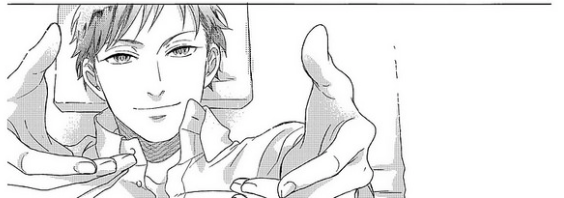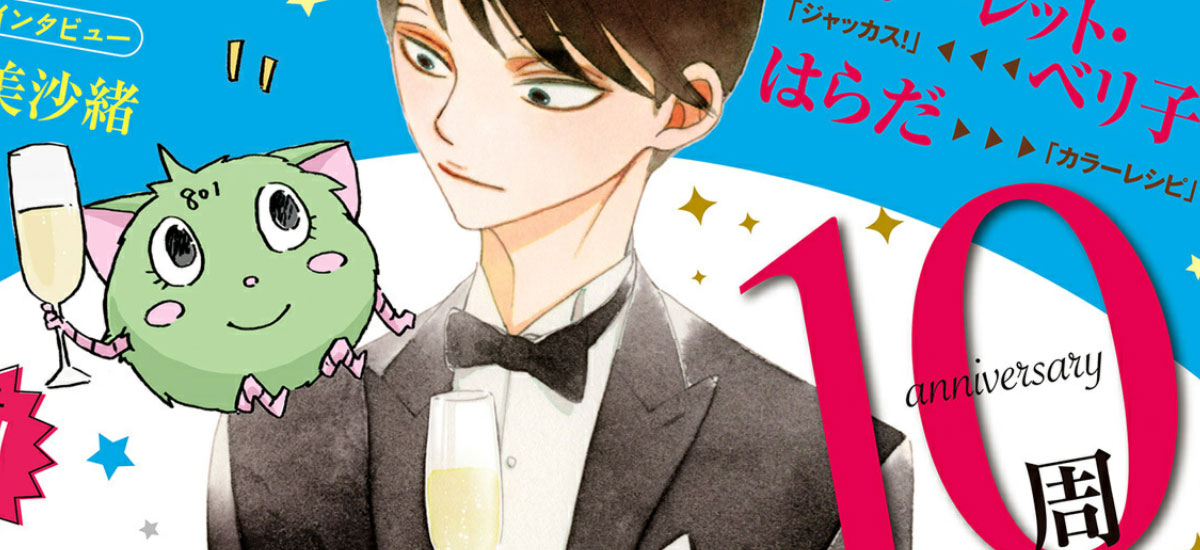Remembering the war
The stories of Gen, Tetsurou, and Shige are an antithesis of the heroic, brave, and courageous childhood that Japanese wartime propaganda tried to represent. Both of them do present various dimensions of history however the youthful stories of Gen, Tetsurou, and Shige have permeated more into social memory. But why do these stories remain solely a social memory and not an official history? Is there space for these children in the grand historical narrative of World War II Japan?

Well, social memory is a tricky fellow. It has a historical dimension — one that explores the past which may or may not be the fully documented past. It has a social dimension — a memory that lingers and persists in a population, small or irrelevant as they may appear. In the world of postmodern scholarship, social memories are embraced as it provides multiplicity of perspectives that strays from the already established historical narratives that have been embedded in people’s memories. Unlike history which may be treated by the public as a pool of old men’s names and dates, social memory solicits emotions and embeds these feelings in a population. The historical worth of these comics is still belittled by many academics. They are works of fiction. They are just comics. They are just experiences of few people and cannot encompass or represent the whole. As such, these faint voices of children cannot find a permanent space in history, however, Gen’s story seems to find some kind of leverage in textbooks.
The three men were not short of illustrating the horrors of their time — the burning of skins as black rain fell over Hiroshima, the abuse from officers for holding or acting against military ideals, the sea of dead bodies in a crossfire. These dramatic images have moved people to question, but as seen through Yoshinori Kobayashi, these comics are still subject to criticism, and in many ways, only a part of a greater mysterious whole.
Perhaps the most important aspect of their stories is the fact that they all shared the same memory of the war. The strong militarism in Japanese society was something neither one of their characters appreciated. Violence hurts. Peace is always an option. These were their social memory against the onslaught of Imperial Japanese propaganda.

“Experience and memory, in other words, are always mediated and this mediation in turn always shaped by relations of power.[1]†At a time when any opposing idea was unappreciated by the Imperial Japanese Army, the voices of Gen, Tetsurou, and Shige were muted. As powers shift and democratic ideas and values, and liberalism prevailed during the early 1970s, Gen and Tetsurou found their voices and managed to share their horrors hoping those rebellious students, the youth that once read their heroic comics, would come to realize that violence and war brought nothing good. Shige’s story was published much later but it too reflected the sentiment of the people: enough is enough.
Anti-war is a sentiment strongly shared by these children and for some reason, they were effective tools in soliciting these emotions. These children were in many ways passive characters, like the reader, who may watch their world tumble over because of the war. But if we remember that they are part of a comic where the panels provide perspectives that have the capacity to immerse its audience in the child’s world and see the horror through his eyes, the child is an active character and his vulnerability makes it easier for the audience to empathize with the child. [2]
As such, these three children were young but were unbearably loud. Their perspective on the Second World War has ingrained memories unto the Japanese. They may not be the history that Japan completely understands, but their cries during the war are loud and clear. There is space for a child in the social memory of World War II. In many ways, as comics, they have shaped people’s memories, their stories beg people to ask, “For whose sake is this war?â€

